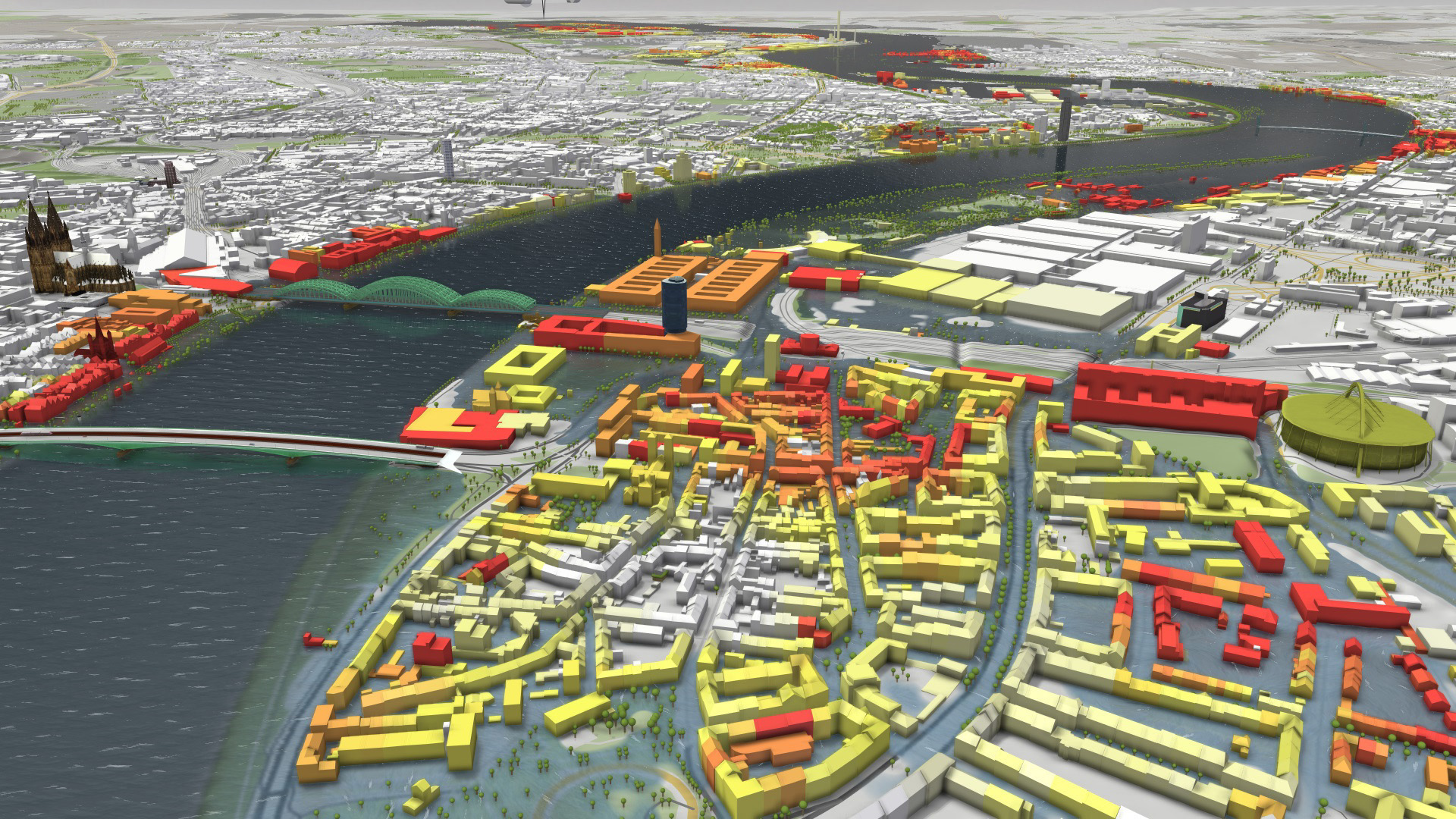“Integrated Simulation and Visualization for Flood Management” by Cornel, Buttinger-Kreuzhuber and Waser
Conference:
Interest Area:
- Gaming & Interactive, Research / Education, and VR / AR
Entry Number: 55
Title:
- Integrated Simulation and Visualization for Flood Management
Session/Category Title: Game Technology in Engineering, Science and Society
Presenter(s)/Author(s):
Abstract:
Floods are the most frequent natural disasters worldwide, and great efforts are being made in flood management to reduce the damages they cause. Numerical flood simulations allow flood managers to simulate flooding incidents before they happen to safely explore the best ways of mitigation. To ease this workflow of simulation, 3D visualization, exploration, and planning, we integrate all tasks in our interactive decision-support system Wisdom. This scenario-based system allows the user to maintain many different flooding scenarios at once for analysis and comparison. For navigation through scenarios and through time, we use a track-based user interface similar to that of video editing software. For spatial navigation and interactive visualization, we take a lot of inspiration from video games, in particular city-building games. Many of the requirements for video games, such as performance, aesthetic presentation, and intuitive interaction, are similar for serious applications. However, there are also differences. Our input data are not the output of an art pipeline, but raw and sometimes erroneous real-world data in the range of several gigabytes. The visual output of our system has to be, above all, reliable and faithful to the input and simulation data, which in games is often not as crucial as runtime performance. Yet, our generalized techniques for real-world data without artistic control might be interesting for video games, for example when addressing topics such as dynamic inundation of procedurally generated environments.
References:
Andreas Buttinger-Kreuzhuber, Zsolt Horváth, Sebastian Noelle, Günter Blöschl, and Jürgen Waser. 2019. A Fast Second-Order Shallow Water Scheme on Two- Dimensional Structured Grids over Abrupt Topography. Advances in Water Re- sources 127 (2019), 89–108.
Daniel Cornel. 2019. Shadertoy – Adaptive Grid Interpolation. http://shadertoy.com/view/WsXXRf (last visited on June, 30th 2020).
Zsolt Horváth, Rui A.P. Perdigao, Jürgen Waser, Daniel Cornel, Artem Konev, and Günter Blöschl. 2016. Kepler Shuffle for Real-World Flood Simulations on GPUs. The International Journal of High Performance Computing Applications 30, 4 (2016), 379–395.
Hyunjin Lee, Yuna Jeong, and Sungkil Lee. 2013. Recursive Tessellation. In SIGGRAPH Asia Posters. ACM, New York, 16:1.
Keyword(s):
Acknowledgements:
VRVis is funded by BMK, BMDW, Styria, SFG and Vienna Business Agency in the scope of COMET – Competence Centers for Excellent Technologies (854174) which is managed by FFG.






